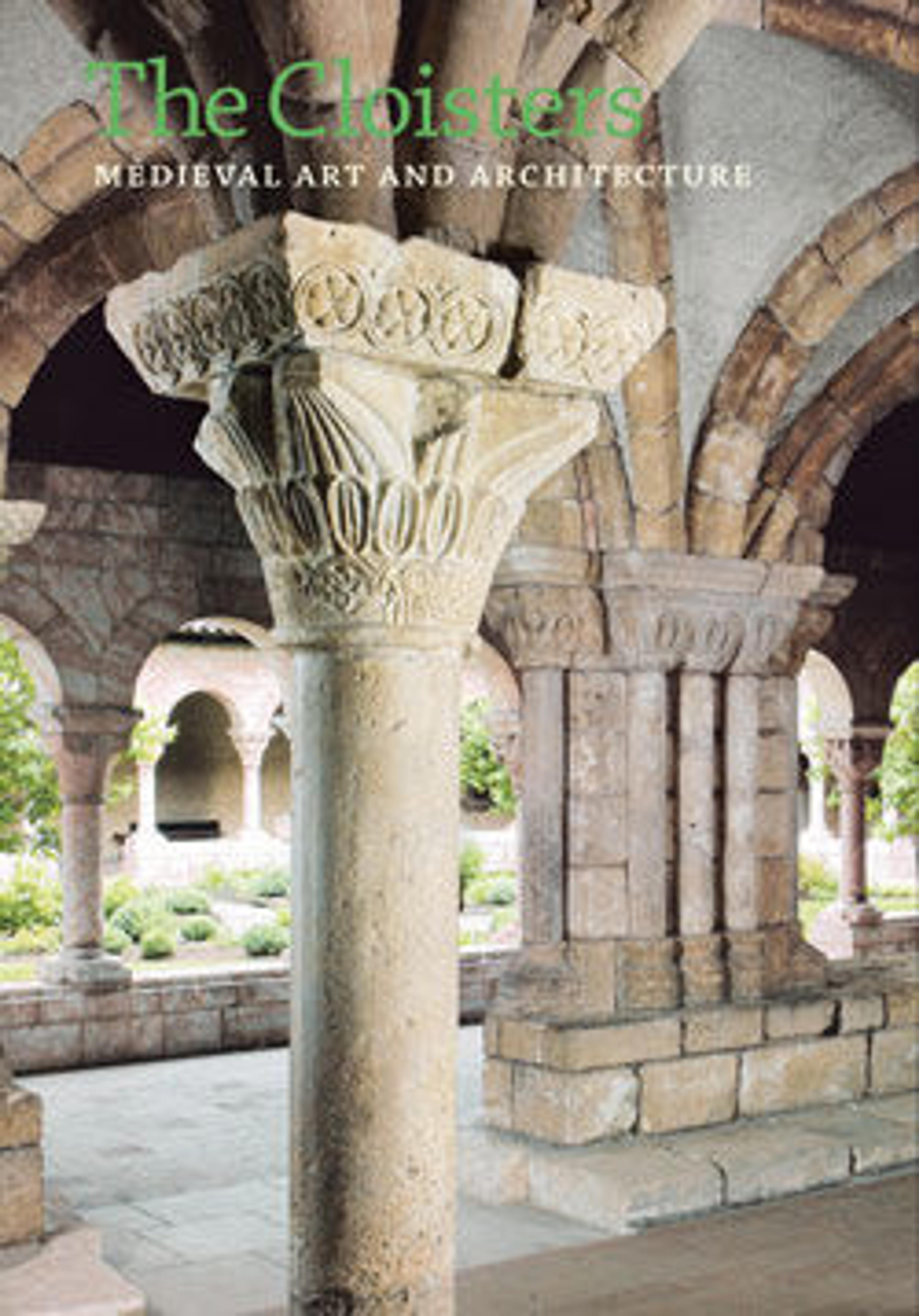Lectern in the Form of an Eagle
Artwork Details
- Title: Lectern in the Form of an Eagle
- Artist: Attributed to Jehan Aert van Tricht (Netherlandish, active Maastricht 1492–1501)
- Date: ca. 1500
- Geography: Made in Maastricht, the Netherlands
- Culture: South Netherlandish
- Medium: Brass
- Dimensions: 81 1/8 × 47 3/4 × 40 1/4 in. (206.1 × 121.3 × 102.2 cm)
- Classification: Metalwork-Brass
- Credit Line: The Cloisters Collection, 1968
- Object Number: 68.8
- Curatorial Department: Medieval Art and The Cloisters
Audio
70. Lectern in the Form of an Eagle
Gallery 16
NARRATOR: This elaborate eagle lectern was made for the Collegiate Church of St. Peter in Louvain, Belgium in about 1500, probably by Aert van Tricht the Elder and his son, of Maastricht. Maastricht was famous for the production of cast brass pieces at this time. The lectern is assembled from many parts. It rests on four lions and is surmounted by a fierce eagle clasping a small winged dragon in its talons. The eagle's wings support a large bookstand. Smaller figures attached to the structure include Christ, as Savior of the World; St. Peter, as patron saint of the church and city of Louvain; St. Barbara, with her tower at her feet; and the Virgin and Child with the three Wise Men. Churches usually had two lecterns: a large one like this for reading the Gospels, and a smaller one for the reading of Epistles. The eagle is the symbol of St. John the Evangelist, and the winged dragon symbolizes evil, so the overall theme of this powerful lectern is the triumph of the Word. Eagles often adorned lecterns because the first words of the Gospel of St. John are "In the Beginning was the Word." It is interesting to note that this lectern was once in the collection of the English architect A.W.N. Pugin, who contributed greatly to the Gothic Revival in the nineteenth century.
More Artwork
Research Resources
The Met provides unparalleled resources for research and welcomes an international community of students and scholars. The Met's Open Access API is where creators and researchers can connect to the The Met collection. Open Access data and public domain images are available for unrestricted commercial and noncommercial use without permission or fee.
To request images under copyright and other restrictions, please use this Image Request form.
Feedback
We continue to research and examine historical and cultural context for objects in The Met collection. If you have comments or questions about this object record, please contact us using the form below. The Museum looks forward to receiving your comments.
